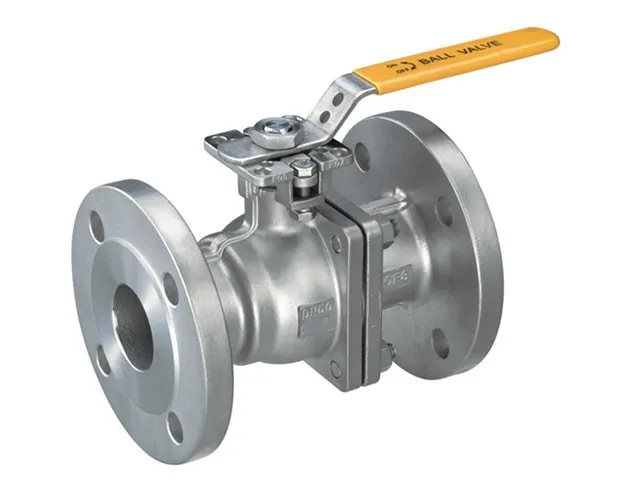Check Valve Installation Guide for Efficient Sprinkler System Performance
Understanding Check Valves in Sprinkler Systems
In the landscape of irrigation technology, check valves play a crucial role in ensuring the efficiency and effectiveness of sprinkler systems. A check valve, also known as a non-return valve, is a mechanical device that allows fluid to flow in one direction while preventing backflow, which can lead to a myriad of problems in irrigation setups. This article delves into the necessity, functioning, and benefits of incorporating check valves in sprinkler systems.
The Importance of Check Valves
Check valves are essential components within sprinkler systems for several reasons. Primarily, they prevent backflow, which can cause cross-contamination of the water supply. Without check valves, irrigation systems risk mixing treated water with potentially polluted water sources, posing health risks and compromising the integrity of the irrigation system itself.
Additionally, check valves help to maintain pressure within the system. When water is not flowing in the desired direction, it can create pressure fluctuations that lead to inefficiencies in water delivery. An inconsistent pressure can cause some sprinkler heads to perform poorly or to operate erratically, resulting in uneven water distribution. By ensuring a steady flow and maintaining consistent pressure, check valves enhance the reliability of the watering process.
How Check Valves Work
The operation of a check valve is relatively straightforward. It contains a disc or a ball mechanism that opens to allow fluid to pass through when the pressure from the source is greater than that on the outlet side. Conversely, if there is a drop in pressure or backflow from the opposite direction, the disc or ball closes, effectively sealing off the piping system.
Check valves can be installed in various configurations within a sprinkler system. They can be placed in-line between the water source and the sprinkler heads or situated at the base of each sprinkler head. The choice of installation usually depends on the specific design and requirements of the irrigation system.
Types of Check Valves
There are several types of check valves commonly used in irrigation systems, each with its own advantages
1. Swing Check Valves These valves feature a swinging disc that is hinged at the top. When water flows in the correct direction, the disc swings open, allowing flow. When backflow occurs, the disc swings shut. They are suitable for applications where fluid flows in relatively high volumes.
check valve for sprinkler system

2. Lift Check Valves This type uses a ball or disc that is pressed against a seat to stop backflow. They are advantageous in horizontal installations, as they require less height for operation compared to swing check valves.
3. Ball Check Valves Featuring a ball that sits in a tapered seat, these valves are known for their ability to prevent backflow effectively. They are widely favored in various irrigation systems due to their simple operation and reliable closure.
4. Spring Check Valves Similar to ball check valves, these include a spring that holds the disc in place until pressure is applied. They are ideal for systems requiring rapid response and are often used in drip irrigation systems.
Benefits of Using Check Valves
Incorporating check valves in sprinkler systems offers numerous advantages
- Preventing Water Waste By stopping backflow, check valves help conserve water, ensuring that it is not lost through leaks or reverse flow. This not only aids in preserving precious resources but also reduces water bills.
- Enhancing System Longevity Regular exposure to backflow can lead to corrosion and damage in irrigation components. Check valves mitigate such risks, promoting a longer lifespan for the entire sprinkler system.
- Improving Water Quality By preventing contamination from backflow, check valves maintain the quality of water supplied to the plants, which is crucial for their health and growth.
- Simplifying Maintenance Check valves simplify maintenance tasks by reducing the likelihood of issues related to backflow or pressure fluctuations, which can be complicated to diagnose and rectify.
Conclusion
In conclusion, check valves are integral to the functionality and efficiency of sprinkler systems. Their ability to prevent backflow, maintain pressure, and ensure water quality makes them invaluable to effective irrigation practices. By understanding and employing the right type of check valve, homeowners and irrigation professionals can significantly enhance the performance and reliability of their sprinkler systems. Ultimately, the investment in check valves pays dividends in water conservation, system longevity, and plant health, embodying a smart choice for sustainable irrigation solutions.
-
Breakthrough in Domestic Low Temperature Valve Technology in ChinaNewsAug.18,2025
-
From Machinery to Intelligent Brain: The Digital Transformation Wave of the Valve IndustryNewsAug.18,2025
-
PCVEXPO 2025NewsAug.18,2025
-
The Key to Fluid Control: Exploring the Advantages of Ball Valves in Industrial SystemsNewsJul.09,2025
-
The Versatile World of 1, 2, and 3 Piece Ball ValvesNewsJul.09,2025
-
Stainless Steel Ball Valves: The Ideal Choice for Efficient Flow ControlNewsJul.09,2025
-
Optimizing Fluid Control with Ball Float ValvesNewsJul.09,2025




